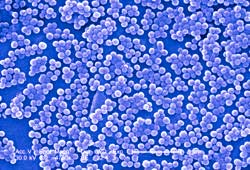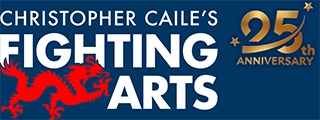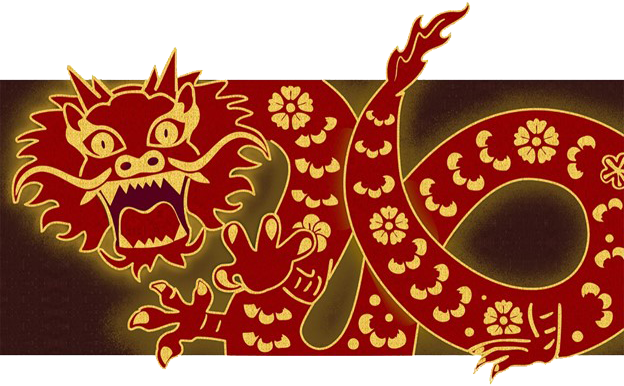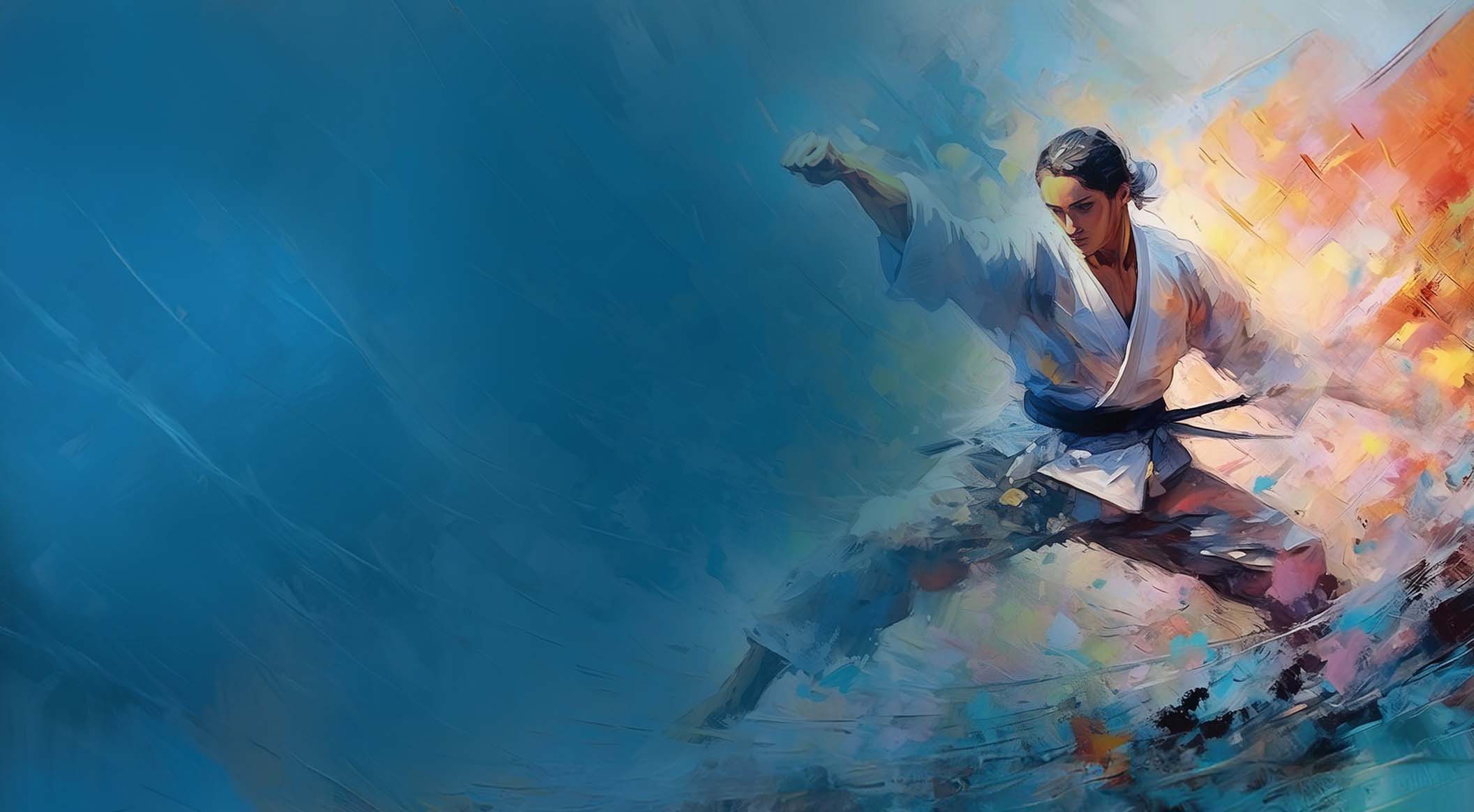A New Scary Germ
MRSA: The Danger, Part 1
By Christopher Caile

A close up view of the MRSA staph bacteria seen through an electron microscope.
Editor's Note: This is the first of a two part article on MRSA. Part 1 introduces the subject and its dangers. Part 2 of the series is titled "MRSA: Recognition and Prevention" and discusses the symptoms, how it spreads and how to protect yourself.
The recent death of a Brooklyn New York middle school student attributed to a MRSA bacterial infection sent shock waves across the nation. Parents suddenly voiced worry over the threat and schools from New York to California frantically cleaned and disinfected their facilities.
The reason for the fear? MRSA. It stands for Methicillin Resistant Staphylococcus Aureus — an especially virulent variant of staph bacterium that is immune to antibiotics called beta-lactams. Beta-lactam antibiotics include methicillin and other more common antibiotics such as oxacillin, penicillin and amoxicillin.
MRSA is susceptible, however, to a number of antibiotics, just not the usual ones prescribed. Sulfonamides, for example, are effective. The most common sulfa drug used from this category is
Bactrim, the brand name for trimethoprim/sulfamethoxazole. But some people are allergic to sulfa products.

A staph infection of the cheek. Skin infections should be carefully monitored. If the infection does not clear up relatively quickly, it could be MRSA. Be sure to get medical follow-up quickly since MRSA can be stubborn, especially if it breaks through the skin into the body system.
Complicating the situation is the way MRSA works in some cases. A recent Reuter's news story on November 17, 2007 titled, "Drug-resistant bacteria found to trick immune system," noted how MRSA may first lure and then destroy immune system cells when they are the most vulnerable.
MRSA, the article noted, is common. It usually only causes pimples or boils, and some infections can spread to surrounding tissue. But some strains of MRSA can mutate into a much more series condition that tricks the immune system. And here is the danger.
These strains of MRSA lure white blood cells that ordinarily kill bacteria, and then lyses or explodes them. This can cause boils, infect bones and destroy them, and also attack the heart valves. They release poisons (toxins) which can cause septic shock. This shuts down the organs and can cause death.
It is for this reason that infections, even those of the skin, should be carefully monitored. If it can get through the skin barrier via an abrasion, cut, or break in the skin, internally MRSA can become a real threat if not treated promptly.
Historically MRSA was primarily confined to nursing homes and hospitals. But recent reports also trace a seemingly growing number of infections to schools, prisons, military training facilities and even health clubs.
At about the same time as the Brooklyn incident, for example, there were outbreaks of this infection among teenagers and small children in other states, including California, Ohio, Mississippi, and Florida.
But is MRSA actually spreading, or has the press just raised awareness of something that has been around for a long time?
In one TV news report segment I witnessed, a medical expert said not to get too excited about this threat. "There aren't really more incidents, it is just that we are now more aware of the problem." His advice? "Just wash your hands."
"This simply is not true," says Dr. Sandra Sattin, a Maryland doctor specializing in family medicine interviewed for this article. "It's everywhere, probably because of the overuse of antibiotics. Up to 60 percent of the skin infections in emergency rooms for those who are not of high risk are methicillin resistant."
MRSA while dangerous is also a symptom. A recent New York Times editorial on the subject noted that it is "only the latest manifestation of a very dangerous problem: the development of bacterial strains that are resistant to many antibiotics," something that affected over 94,300 people in 2005. The editorial concluded that the growing evolution of antibiotic resistant bacteria needs to be tackled broadly.
MRSA is among a family of staph bacteria that are commonly carried on the skin and in the nose (about one percent of people carry MRSA, and less virulent strains of staph can exist in 24 percent of the population). Once a person is colonized with MRSA, however, it is almost impossible to eradicate, And since it is usually spread by direct contact with other people, martial artists such as mixed martial artists, judo practitioners, karate-ka, wrestlers, jujutsu or aikido practitioners or anyone who engages in direct physical contact could be vulnerable.
Whether its incidence is more frequent or not, MRSA should not be ignored, especially by martial artists whose environment can be optimal to the spread of this menace (see part 2 of this article). You as a martial artist should know what to look for, know how MRSA is spread and how to protect yourself. These same measures, it turns out, can also go a long way toward avoiding other common dangers found in public places, such as cold germs, fungus infections, hepatitis C and blood borne pathogens (see the FightingArts.com articles on this subject).
Disclaimer:
This article is written for educational purposes only and should not be taken as a definitive medical statement or definition of MRSA or staph, their dangers, symptoms, diagnoses or treatment. This article seeks only to raise the reader's awareness about the potential dangers of MRSA and staph within the martial arts environment and stimulate the reader's own research into and awareness about these potential problems.
Acknowledgment:
The second photo in this article was provided by www.metrowestcleangear.com. MetroWest CleanGear offers an effective new way to clean, disinfect and deodorize athletic equipment and gear (including MRSA) processed by their cleaning facilities without damage.

About the Author Christopher Caile

Screenshot
Christopher Caile is the Founder and Editor-In-Chief of FightingArts.com. He has been a student of the martial arts for over 65 years.
He first started in judo while in college. Then he added karate as a student of Phil Koeppel in 1959 studying Kempo and Wado-Ryu karate. He later added Shotokan Karate where he was promoted to brown belt and taught beginner classes. In 1960 while living in Finland, Caile introduced karate to that country and placed fourth in that nation's first national judo tournament.
Wanting to further his karate studies, Caile then hitch hiked from Finland to Japan traveling through Scandinavia, Europe, North Africa, the Middle East and South and Southeast Asia — living on 25 cents a day and often sleeping outside.
Arriving in Japan (1962), Caile was introduced to Mas Oyama and his fledgling full contact Kyokushinkai Karate by Donn Draeger, the famous martial artist and historian. Donn also housed him with several other senior international judo practitioners. Donn became Caile's martial arts mentor, coaching him in judo and introducing him to Shinto Muso-ryu under Takaji Shimizu.
Caile studied at Oyama's honbu dojo and also at Kenji Kurosaki's second Tokyo Kyokushinkai dojo. In his first day in class Oyama asked Caile to teach English to his chief instructor, Tadashi Nakamura. They have been friends ever since. Caile also participated in Oyama's masterwork book, "This Is Karate."
Caile left Japan with his black belt and designation as Branch Chief, the first in the US to have had extensive training in Japan directly under Oyama Sensei. As such, Oyama Sensei asked him to be his representative on visits to his US dojos to report on their status.
A little over a year later, Nakamura, Kusosaki and Akio Fujihira won an epic David vs. Goliath challenge match against Thailand's professional Muay Thai Boxers in Bangkok, Thailand, thrusting Kyolushinkai and Nakamura into national prominence.
Back in the US Caile taught Kyokushinkai karate in Peoria, Il while in college and later in Washington, DC. while in graduate school. Durimg this time Shihan Nakamura had moved to New York City to head Kyokushinkai's North American Operation.
In 1976 when Kaicho Tadashi Nakamura formed the World Seido Karate organization, Caile followed. Living then in Buffalo, NY, Caile taught Seido karate and self-defense at the State University of New York at Buffalo (SUNY Buffalo) for over 15 years where he also frequently lectured on martial arts and Zen in courses on Japanese culture.
Caile moved to New York City in 1999 to marry Jackie Veit. He is now an 8th degree black belt, Hanshi, training in Seido Karate's Westchester, NY Johshin Honzan (Spiritual Center) dojo. In Seido Caile is known for his teaching of and seminars on kata applications. He also produced a 14 segment video series on Pinan kata Bunkai currently available to Seido members.
Caile is also a long-time student and Shihan in Aikido. He studied in Buffalo, under Mike Hawley Shihan, and then under Wadokai Aikido's founder, the late Roy Suenaka (uchi deshi under Morihei Ueshiba, founder of Aikido and was Shihan under Tohei Sensei). In karate, Suenaka (8thdan) was also an in-house student of the Okinawan karate master Hohan Soken.
Having moved to New York City, Caile in 2000 founded this martial arts educational website, FightingArts.com. Twenty-five years later, in 2025, it underwent a major update and revision.
For FightingArts.com and other publications Caile wrote hundreds of articles on karate, martial arts, Japanese art, Chinese Medicine and edited a book on Zen. He also developed relationships with a cross section of leading martial arts teachers. Over the last four decades he has conducted extensive private research into karate and martial arts including private translations of the once secret Okinawan hand copied and passed on Kung Fu book, the Bubishi, as well as an early karate book by the karate master Kenwa Mabuni. He periodically returns to Japan and Okinawa to continue his studies and participate Seido karate events. In Tokyo he practiced (with Roy Suenaka Sensei) in a variety of aikido organizations with their founders – including private interviews and practices at the Aiki-kai Aikido Honbu dojo with the son and grandson of aikido's founder, Doshu (headmaster) Kisshomaru (an old uchi-deshi friend) and his son, Moriteru Ueshiba and in Iwama with Morihiro Saito. On Okinawa he studied Goju Ryu karate under Eiichi Miyazato, 10th dan founder of Naha's Jundokan, and also with Yoshitaka Taira (who later formed his own organization, who specialized in kata Bunkai. While there Caile also trained with Hohan Soken's senior student, Master Fusei Kise, 10 dan as well as with the grandson of the legendary karate master Anko Itosu.
Caile's other martial arts experience includes: Diato-ryu Aikijujitsu and Kenjitsu, kobudo, boxing, Muay Thai, MMA, Kali (empty hand, knife and bolo), study of old Okinawan Shoran-ryu & Tomari body mechanics, study of old Okinawan kata under Richard Kim, study of close quarter defense and combat, including knife and gun defenses, Kyusho Jitsu and several Chinese fighting arts including 8 Star Praying Mantis, Pak Mei (White Eyebrow), and a private family system of Kung Fu.
Caile is also a student of Zen as well as a long-term student of one branch of Traditional Chinese Medicine, Chi Kung (Qigong). As one of two senior disciples of Chi Kung master Dr. Shen (M.D., Ph.D.) Caile was certified to teach and practice. This led to Caile's founding of the The Chi Kung Healing Institute on Grand Island, NY. In Western NY, he also frequently held Chi Kung seminars, including at SUNY Buffalo and at the famous Chautauqua Institution in Chautauqua, NY. His articles on Chi Kung also appeared in the Holistic Health Journal and in several books on alternative medicine.
Caile holds a BA in International Studies from Bradley University and MA in International Relations with a specialty in South and Southeast Asia from American University in Washington, D.C. While in Buffalo, NY he also studied digital and analog electronics.
In his professional life Caile also worked in public relations and as a newspaper reporter and photographer. Earlier he worked in the field of telecommunications including Managing a Buffalo, NY sales and service branch for ITT. He then founded his own private telephone company. This was followed by creation of an electrical engineering company that designed and patented his concept for a new type of low-cost small business telephone system (which was eventually sold to Bell South). The company also did contract work for Kodak and the US space program. Simultaneously Caile designed and manufactured a unique break-apart portable pontoon boat.
Most recently Caile co-founded an internet software company. Its products include software suites with AI capability for control and management of streaming media, such as video and music, an all-in-one book publishing software product for hardcover, eBook and audio book creation and security software for buildings and government use.
For more details about Christopher Caile's martial arts, work experience and life profile, see the About section in the footer of this site.
Search for more articles by this author:






